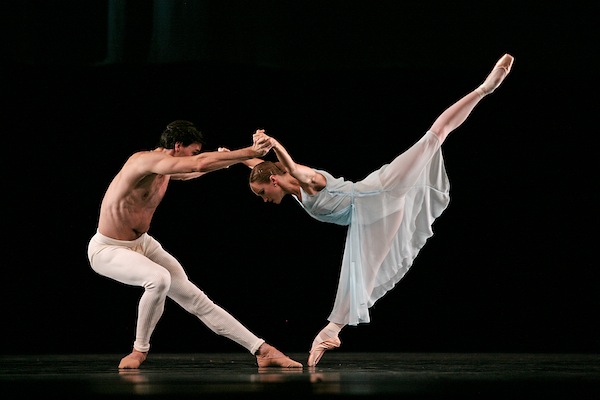Then, for various reasons, I found out how to access the Station's radio archives. (Radio stations are either required to maintain archives, or choose to maintain archives, I don't know which.) I was actually trying to locate an old program by somebody else, when I became curious and hunted down one of my own Saturday night broadcasts, and---OMG!! It really was terrible.
Then I pulled the thing into Audacity (which is audio-editing software, and almost the only way you can trim the archive file to exactly a single broadcast), and looked at the segment of my show that was in one of the files; about a whole hour of it, station breaks and all. And I saw that it had been compressed.
A word about compression.
As you know, the volume of a program varies naturally from moment to moment; when I'm talking, for instance, the volume between one word and the next is almost zero. In contrast, the volume of a piece of music is never zero, but also varies with the volume of the music. Here are some examples:
If further explanation is necessary: in this example, both left and right channels have roughly the same volume throughout. Observe how the spoken part has lots of silences, especially at the end, before the music starts. Some of the very soft sounds are just me breathing, if you can believe that.
Now, I'm going to compress this clip. This is where the software amplifies the soft parts, and softens the loud parts. This makes the contrast between loud and soft a little less, so that the music will be audible inside a car, but not too loud (so you can concentrate on driving instead of the volume control). The resulting signal looks like this:
Observe that, in comparison with the original sound clip, the "soft" parts are not as soft, and the "loud" parts are just about as loud as before. This is a tricky transformation; the program must, at each point in the clip, calculate the "average" volume for the fraction of a second around that point, and juice up (or juice down) the clip for that moment, and go on to the next. To really see the effect of compression, you have to look at both the images and compare.
Now, when I manually compress my program, I leave my introduction alone. But it appears that if the sound file is too soft, in the judgment of the Station program (SAM), it compresses the entire file. This means that even the soft sounds of a breath I take is amplified, until it sounds as if I'm having an Asthma attack. Similarly, the very soft sounds of the music in the quiet passages are amplified, and we hear the rumble of passing trucks near the studio where the recording might have been made. This is a lesson for us: compression must be undertaken judiciously, and not left to the studio computer.
In my desperate attempts to avoid distortion, I was actually making the perceived distortion worse. So last week, I made each file as loud as possible. This made the program SAM believe that the file was nice and loud, and needed no compression.
I continue to do my own compression, because some passages are so incredibly soft, you have to wonder what the recording engineers are thinking. These files played over a weak radio transmitter will almost disappear entirely. But now I know that I have to save all my sound files at maximum volume, and everything will be fine.




